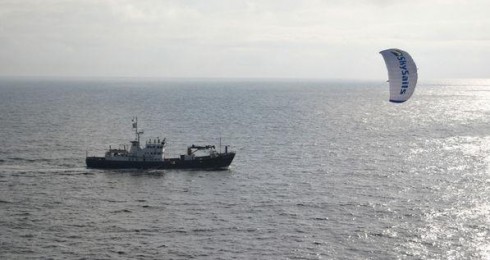Lost & Found
 The Eights are out with the same flu I just recovered from, so I’ve barricaded myself in my office, very much in the style of the climax of The Blues Brothers. I’ve got enough coffee to hold me for hours, but I should have better planned for my bladder.
The Eights are out with the same flu I just recovered from, so I’ve barricaded myself in my office, very much in the style of the climax of The Blues Brothers. I’ve got enough coffee to hold me for hours, but I should have better planned for my bladder.
What I really wanted to discuss, however, was the Antikythera mechanism.
It was discovered in a shipwreck off Point Glyphadia on the Greek island of Antikythera. The wreck had been discovered in October 1900 and divers had retrieved numerous artifacts, most of them works of art, which had been transferred to the National Museum of Archaeology for storage. On 17 May 1902, archaeologist Valerios Stais was examining the finds and noticed that one of the pieces of rock had a gear wheel embedded in it. Stais initially believed it was an astronomical clock, but most scholars considered the device an anachronism, too complex to have been constructed during the same period as the other pieces that had been discovered. However, investigations into the object were soon dropped until English physicist Derek J. de Solla Price took an interest in it in 1951.
The circumstances under which it came to be on the cargo ship are unknown. Investigators have suggested that the ship could have been carrying it to Rome, together with other treasure looted from the island to support a triumphal parade being staged by Julius Caesar.
What an odd and fabulous device. There are a number of far-fetched theories surrounding its purpose and origin, but I would argue the mundane reality is the best option: a scientific calculator so complex that modern science refused to believe it was even possible for its period to have built it, possibly lost at sea while on its way to take part in the pageantry of Caesar – what more could you want?
The real lesson here, I think, is how delicate our knowledge and handiwork can be, and how easily they are lost to history. I’ve heard it bandied about that the Antikythera mechanism’s technology and precision wasn’t remastered for a thousand years – at least it’s only been two or three hundred years since we lost the recently (sort of) recovered technology of wind-powered sailing.
Mr Wrage’s sail is actually an elaborate kite to help capture the power of the wind, using the energy to supplement convention forms of power. In trials this year on the waters of the Baltic Sea, he has performed the nautical equivalent of reinventing the wheel. By switching to wind power during favourable conditions, energy costs could be slashed, perhaps by more than half.

Nice post and probably worthy of a few dozen follow-ups. One of the most well-known pieces of recovered knowledge is the fact that the Earth is round. The ancient Greeks knew it and then suddenly the flat Earth theory took hold, at least in Europe.
You probably already know about the anicent airplanes, though I have my doubts.
http://www.bibliotecapleyades.net/esp_aviones_precolom02.htm
I definitely have my doubts about the ancient airplanes, although there’s a lot to love in the idea.
The Greek’s knowing the Earth was round is a great example – it’s amazing how much we’ve lost, even mundane items like Roman cement. It’s definitely a topic I’ll revisit.